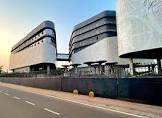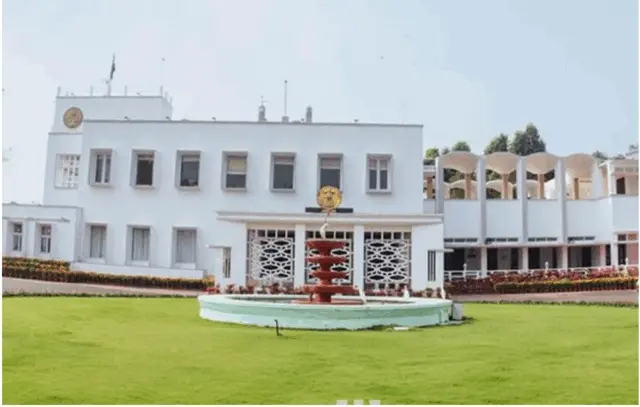National, 2024: Phase 2 Lok Sabha election is over, and the picture on the ground looks like of the prime minister Minister Modi against the opposition. A large part of Karnataka and Kerala have voted in the second phase. A total of 88 constituencies have cast their vote. The highest percentage of voters 50 per cent have turned out in Tripura and the lowest turnout out recorded in Maharashtra.
The final figures of the phase one was four per cent less than the 2019 election. Phase 2 is at par with Phase 1 in terms of voting percentage. The people, the voters on the found are excited and very hopeful for the election and casting their votes.
States like Tripura, Manipur and West Bengal have high turnouts above 76% but Maharashtra has comparatively lie turnouts. The voters in Maharashtra are not to be blamed in this case as in the last couple of years the people of the system have been cheated by every political party. No party can assertively claim that they have completely stood by the moral grounds and worked towards the welfare of the people. So there could be a collective apathy whatever the state politics a going through. That could be one of the reasons why the turnout has gone wrong.
In West Bengal, the turnout looks very healthy which means there is going to be a strong contest. The picture of Manipur is very heartening. Manipur indicates clearly that if given a chance people will use the ballots, not the bullets. It is up to them to decide how to use the mandates as a peaceful, negotiating solution. The policymakers and the court should take this chance to pass the decisions as early as possible to avoid havoc in people’s lives. This is a message for not only inside but also outside India that there are conflicts in our country but we know how to use our ballots to overcome those conflicts.
Unlike Maharashtra, west Bengal has turned out in big numbers, the election in West Bengal has gone in a couple of phases, which opens up a good law and order scenario as far as the central paramilitary forces are concerned. It helps to increase people’s confidence because in a state which is highly sensitive in terms of political polarization and has a history of political violence for decades. This history is an important factor because political polarization decreases not just the ruling party’s voting trends but also others. This percentage of turnout shows that it will see a very robust contest in terms of the result.
There is a higher-than-average turnout in Jhhujhun, Rajasthan. The reason could be the issues going on at the grassroots levels such as farm protests, and local agitations like caste-driven frictions. The congress gets a good contest due to these local factors in the Hindi belts namely the Rajasthan and UP.
The Ram Temple has formed a base of the BJP electoral pyramid, one can neither count on it nor take it away. It is not the sole winning tip of the BJP but if it is removed the pyramid gets shorter. As far as the BJP’s electoral machinery is concerned their code support base remains in Hindutva. Moreover, there is a development agenda and to top it all the popularity of the prime minister is magical. But the factor that is missing in the BJP is the stature of the local leaders, barring two states Uttar Pradesh and Assam.
Most of India certainly likes the Hindutva narrative-driven politics but they feel assertive Hindutva need not be Islamophobic or religious polarization of the Modi government. Even in Uttar Pradesh people largely voted for the BJP based on the developmental agenda. Even though there are statistics on development, the position of the country in the world forum is distinct, in the election scenario, it is going to be the topics discussed more which will create friction so that both parties can convince the voters to choose them. The X-factor of this election is the female voters because both the camps the ruling and the opposition have tried their best to come up with welfare schemes, and policies that will lure the female voters. So it is evident that not just this but the elections coming in India’s future democratically is the arrival of the female votes and the arrival of the female leaders because female leaders are more governance-oriented, less communal and caste polarisation driven.




